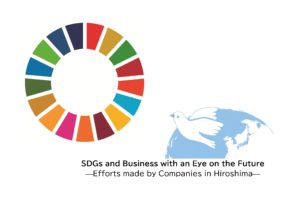SDGs: Goal 17What is SDGs?: Goal 17. Strengthen the means of implementation and revitalize the Global Partnership for Sustainable Development
Sustainable Development Goals (SDGs) were formally adopted on 25 September 2015 by United Nations General Assembly.
What is each goal of SDGs and our initiatives to achieve the goal?
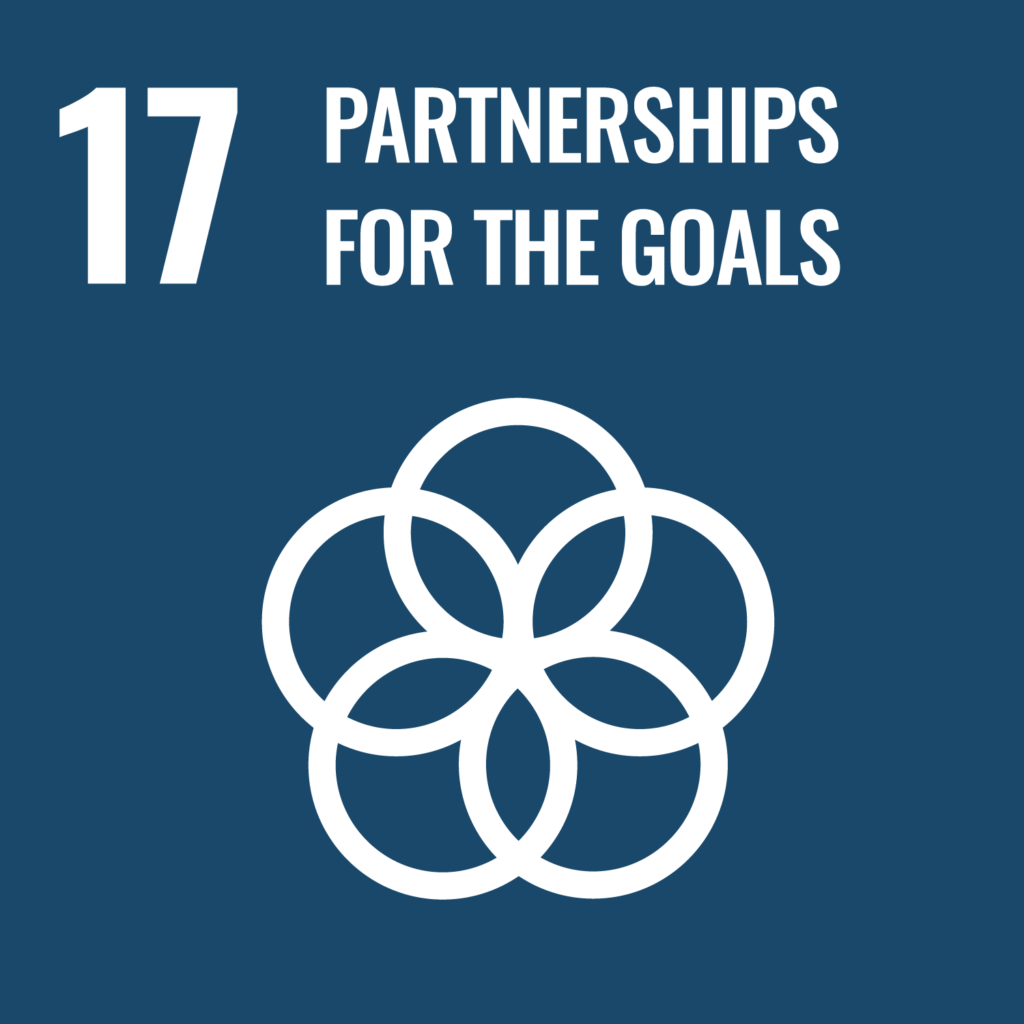
Goal 17. Strengthen the means of implementation and revitalize the Global Partnership for Sustainable Development
Finance
| 17.1 | Strengthen domestic resource mobilization, including through international support to developing countries, to improve domestic capacity for tax and other revenue collection |
| 17.2 | Developed countries to implement fully their official development assistance commitments, including the commitment by many developed countries to achieve the target of 0.7 per cent of gross national income for official development assistance (ODA/GNI) to developing countries and 0.15 to 0.20 per cent of ODA/GNI to least developed countries; ODA providers are encouraged to consider setting a target to provide at least 0.20 per cent of ODA/GNI to least developed countries |
| 17.3 | Mobilize additional financial resources for developing countries from multiple sources |
| 17.4 | Assist developing countries in attaining long-term debt sustainability through coordinated policies aimed at fostering debt financing, debt relief and debt restructuring, as appropriate, and address the external debt of highly indebted poor countries to reduce debt distress |
| 17.5 | Adopt and implement investment promotion regimes for least developed countries |
Technology
| 17.6 | Enhance North-South, South-South and triangular regional and international cooperation on and access to science, technology and innovation and enhance knowledge sharing on mutually agreed terms, including through improved coordination among existing mechanisms, in particular at the United Nations level, and through a global technology facilitation mechanism |
| 17.7 | Promote the development, transfer, dissemination and diffusion of environmentally sound technologies to developing countries on favourable terms, including on concessional and preferential terms, as mutually agreed |
| 17.8 | Fully operationalize the technology bank and science, technology and innovation capacity-building mechanism for least developed countries by 2017 and enhance the use of enabling technology, in particular information and communications technology |
Capacity-building
| 17.9 | Enhance international support for implementing effective and targeted capacity-building in developing countries to support national plans to implement all the Sustainable Development Goals, including through North-South, South-South and triangular cooperation |
Trade
| 17.10 | Promote a universal, rules-based, open, non-discriminatory and equitable multilateral trading system under the World Trade Organization, including through the conclusion of negotiations under its Doha Development Agenda |
| 17.11 | Significantly increase the exports of developing countries, in particular with a view to doubling the least developed countries’ share of global exports by 2020 |
| 17.12 | Realize timely implementation of duty-free and quota-free market access on a lasting basis for all least developed countries, consistent with World Trade Organization decisions, including by ensuring that preferential rules of origin applicable to imports from least developed countries are transparent and simple, and contribute to facilitating market access |
Systemic issues
Policy and institutional coherence
| 17.13 | Enhance global macroeconomic stability, including through policy coordination and policy coherence |
| 17.14 | Enhance policy coherence for sustainable development |
| 17.15 | Respect each country’s policy space and leadership to establish and implement policies for poverty eradication and sustainable development |
Multi-stakeholder partnerships
| 17.16 | Enhance the Global Partnership for Sustainable Development, complemented by multi-stakeholder partnerships that mobilize and share knowledge, expertise, technology and financial resources, to support the achievement of the Sustainable Development Goals in all countries, in particular developing countries |
| 17.17 | Encourage and promote effective public, public-private and civil society partnerships, building on the experience and resourcing strategies of partnerships |
Data, monitoring and accountability
| 17.18 | By 2020, enhance capacity-building support to developing countries, including for least developed countries and small island developing States, to increase significantly the availability of high-quality, timely and reliable data disaggregated by income, gender, age, race, ethnicity, migratory status, disability, geographic location and other characteristics relevant in national contexts |
| 17.19 | By 2030, build on existing initiatives to develop measurements of progress on sustainable development that complement gross domestic product, and support statistical capacity-building in developing countries |
Reference: https://www.un.org/ga/search/view_doc.asp?symbol=A/RES/70/1&Lang=E
Hiroshima's initiative for SDGs
SDGs and Business with an Eye on the Future
Hiroshima Prefecture created a booklet compiled and introduced as a collection of leading examples of SDGs business by local companies in Hiroshima. Hiroshima Prefecture aims to promote the SDGs business through these kind of initiatives.
SDGs and Business with an Eye on the FutureCompany's initiative
Onomichi Omotenashi Co., Ltd.
Aiming to Become a Place Loved by Community People
Onomichi Omotenashi Co., Ltd.

Mirai Kaikei FAMZ Junya Okazaki Tax Attorney Office
To Encourage More Companies to Work on the SDGs
Mirai Kaikei FAMZ Junya Okazaki Tax Attorney Office

Toitate Labo (TTL)
We offer an exciting learning experience to everyone related to education
Toitate Labo (TTL)
Hiroshima Restaurants Mirai Ticket Group
I wish to have a pleasant meal again with my friends at that restaurant! I want to be of some help to them! These wishes have taken shape.
Hiroshima Restaurants Mirai Ticket Group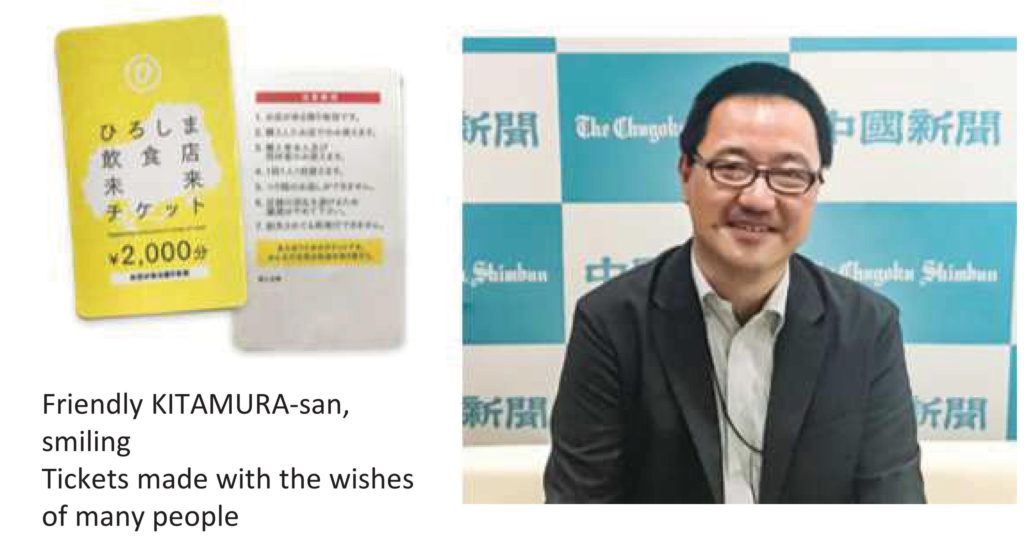
Tamema Co., Ltd.
Gently and warmly, supporting community-building by residents with the web app
Tamema Co., Ltd.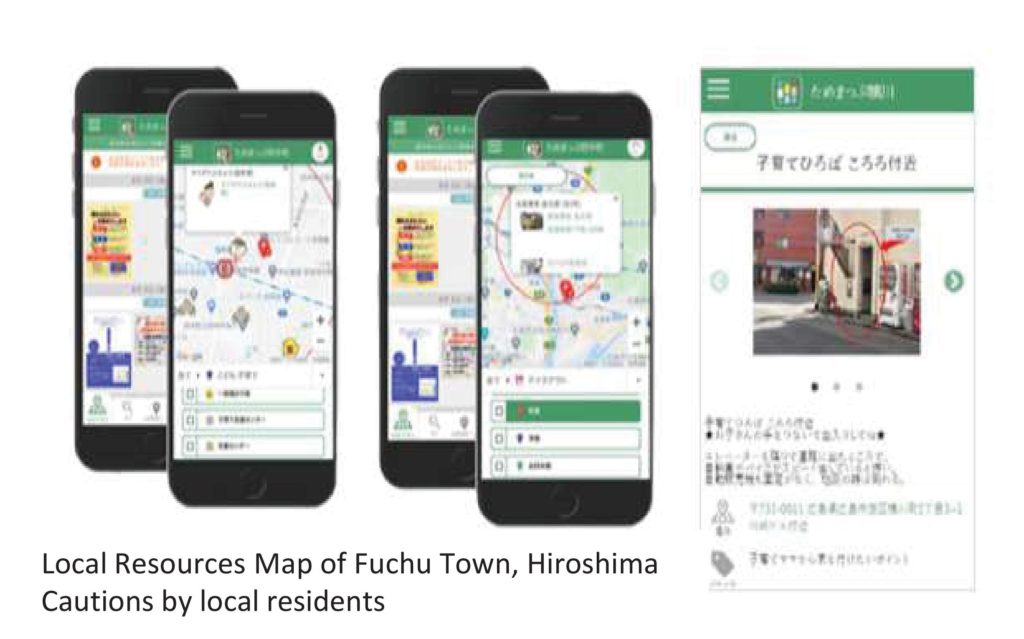
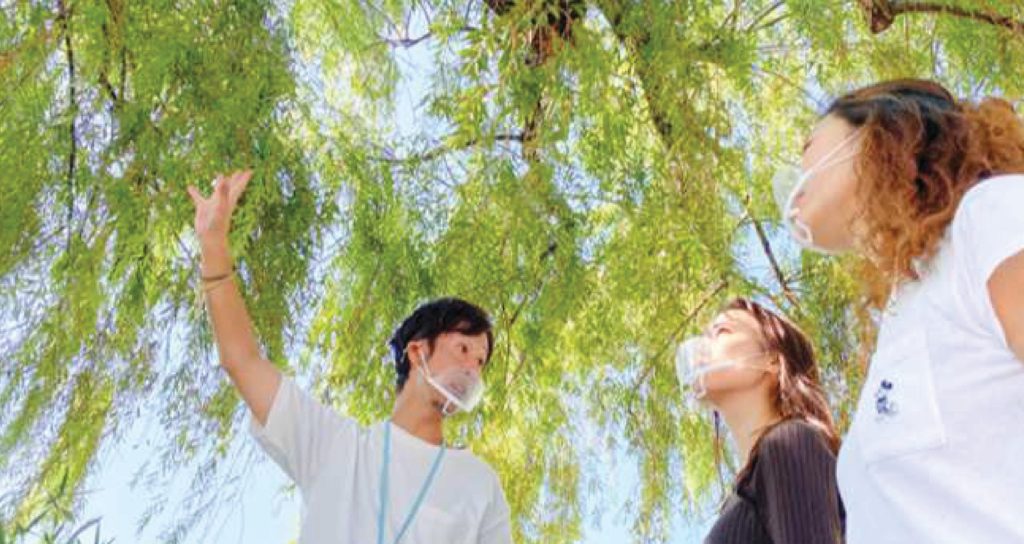
Okazaki Junya Certified Public Tax Accountant Office
“Making Hiroshima the SDGs Prefecture!” Establishment of a website to showcase companies working on the SDGs
Okazaki Junya Certified Public Tax Accountant Office①ホームページ.jpg)
Koyo Co., Ltd.
Separate and you get resources, mix and you get garbage! By collecting, transporting, and sorting the garbage that people put out every day, we at Koyo are implementing our own vision for a recycling chain.
Koyo Co., Ltd.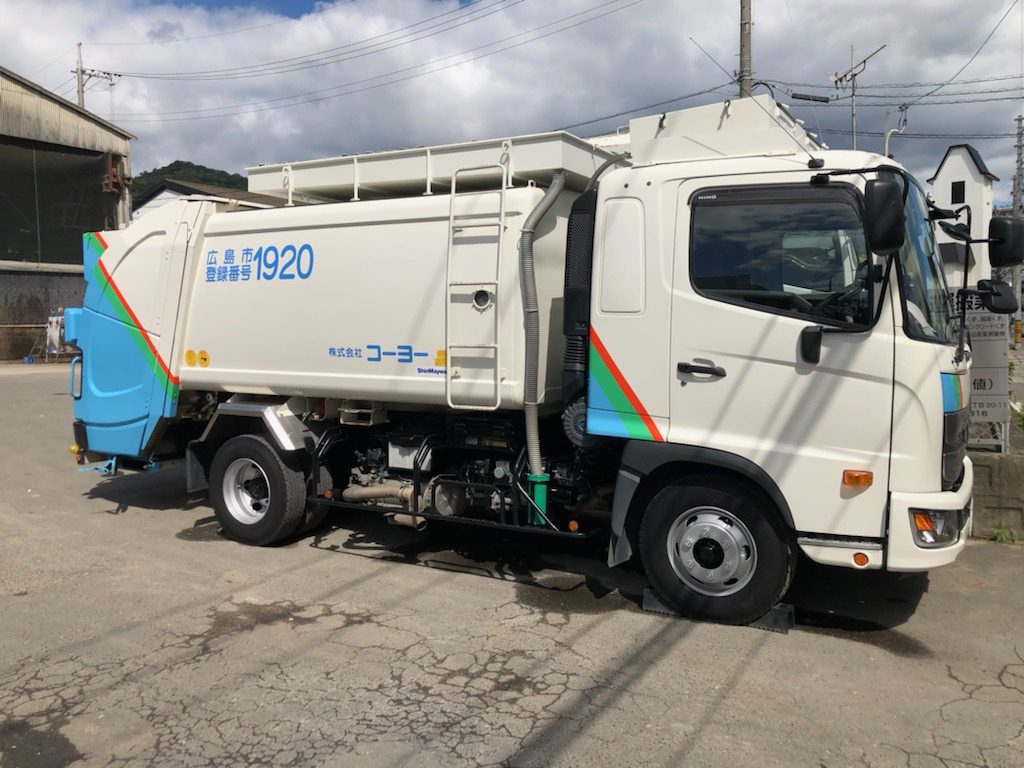
Shinsei Co., Ltd.
Doing what we can to prevent the memory of the atomic bombing from fading away
Shinsei Co., Ltd.
RCC BROADCASTING CO.,LTD.
Doing what we can to make Hiroshima a more attractive city 10 years from now
RCC BROADCASTING CO.,LTD.メディアコンパクト.png)
①思いやり堂本便の食事シーン-1024x684.jpg)
Hiroshima Television Corporation
Hiroshima Television, tackling the SDGs together! As a TV station, we aim to be a standard-bearer for promoting the SDGs.
Hiroshima Television Corporation
The Hiroshima Dragonflies
Bringing Peace Closer Takeda High School x The Hiroshima Dragonflies
The Hiroshima Dragonflies
Hiroshima Home Television Co., Ltd.
Promoting environmental conservation through the “Earth Movement Declaration” initiative Using Earth education to develop human resources for the next generation
Hiroshima Home Television Co., Ltd.
Yamamoto Co., Ltd.
Contributing to peace through the development, sale, and donation of recycled origami crane fiber products
Yamamoto Co., Ltd.①タオルハンカチ.jpg)
Yuki Tourism Community Development Corporation NPO
Peace and adventure tourism for a sustainable Yuki
Yuki Tourism Community Development Corporation NPO①シャワークライミング-1024x768.jpg)
What is SDGs?
The Sustainable Development Goals (SDGs) are a universal goals that every countries take action to end poverty, protect the planet and improve the lives and prospects of everyone, everywhere. SDGs are composed of 17 Goals and 169 Targets and the pledge to leave no one behind.
Sustainable Development Goals (SDGs)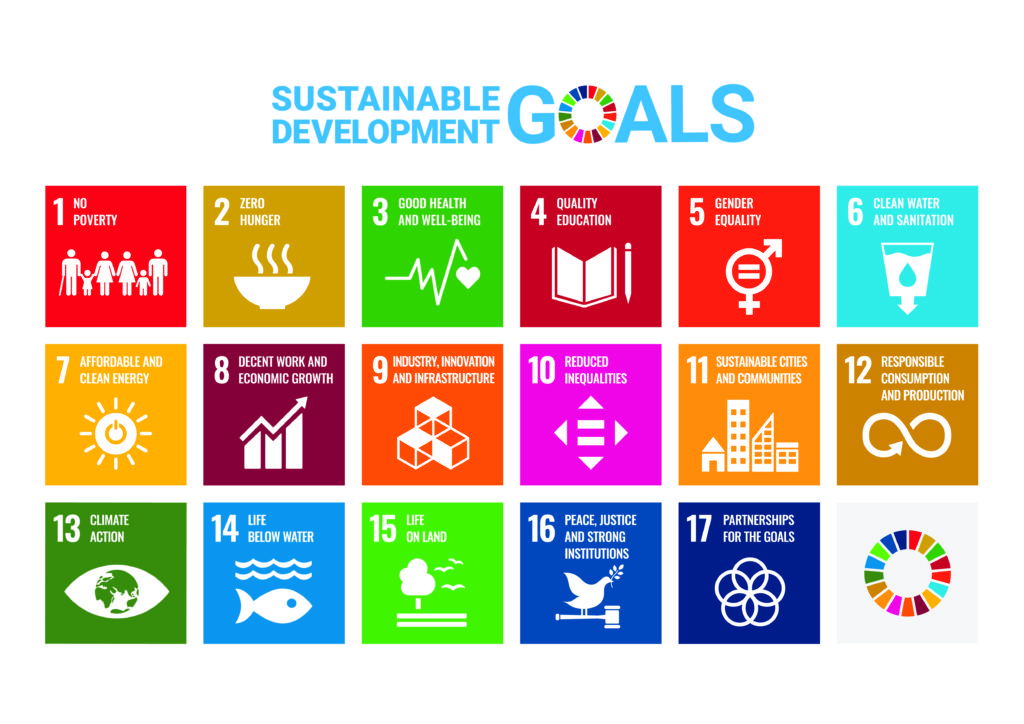
Tags associated with this article




③食卓囲む-150x150.jpg)



